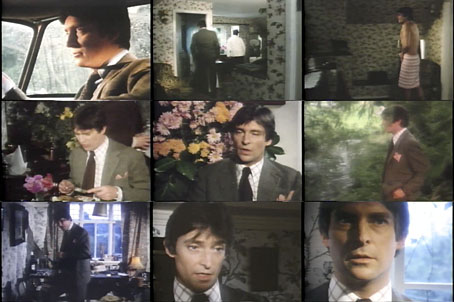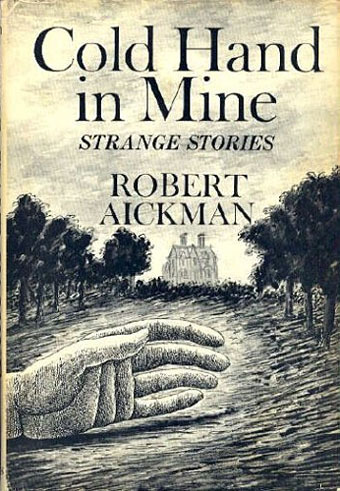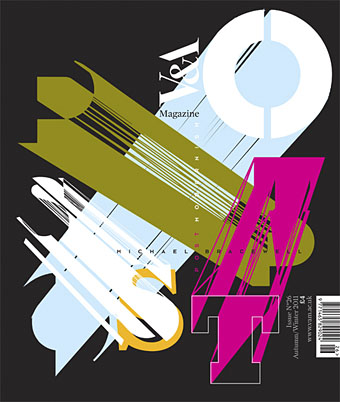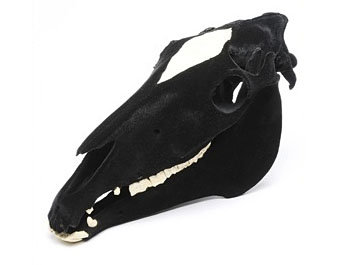Another television ghost story from the 1970s, The Ferryman (1974) is no relation to the 2007 horror film of the same name. This 50-minute drama isn’t in the same league as Schalcken the Painter, or the other BBC ghost films, but it’s one I remembered and was surprised to find on YouTube. Haunted was a Granada production for ITV, and although it sounds like a series it seems there was only one other film in the run, Poor Girl (not on YouTube), a Turn of the Screw-like piece based on a story by Elizabeth Taylor (author not actress). The Ferryman is based on a story by Kingsley Amis, adapted by Julian Bond and directed by John Irvin, later to direct the BBC’s exceptional multi-part adaptation of Tinker, Tailor, Soldier, Spy. Interesting to see from Irvin’s credits that he also directed the now-forgotten Ghost Story (1981), a poor attempt to cram Peter Straub’s huge novel into a two-hour film.
The best thing about The Ferryman is seeing a very handsome Jeremy Brett playing novelist Sheridan Owen whose recent horror novel seems to have predicted events that he and his wife find themselves experiencing. (Ten years later Brett was back at Granada as my favourite Sherlock Holmes.) Despite some initial promise The Ferryman is less successful than you’d hope, possibly because of the weak and confused source material. With its middle class characters encountering the uncanny this could so easily have been a Robert Aickman story, and would have been far better for it. But it does serve a purpose in throwing into relief tomorrow’s post. Stay tuned.
Previously on { feuilleton }
• Schalcken the Painter
• “The game is afoot!”






